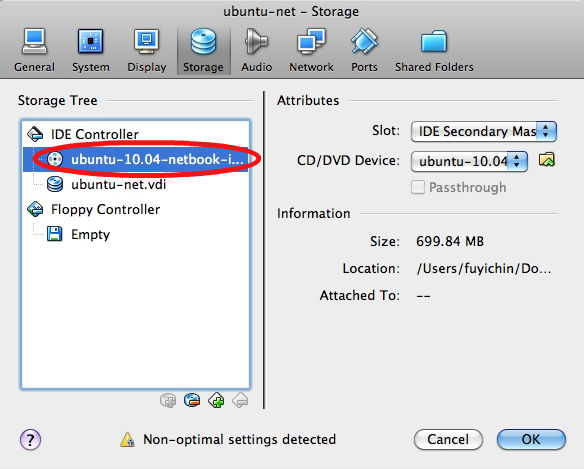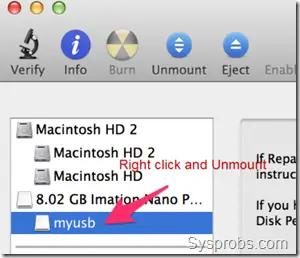

That way this article applies to both Linux desktop and server setups. The instructions show you how to perform these steps directly in the Linux terminal. This tutorial teaches you how to manually mount a USB drive in Linux, to a mount point directory of your choice. This means that you would need to create the mount point directory yourself and figure out how to manually mount the USB drive in Linux. Linux server distributions typically do not support an automount feature for USB drives. It could simply be a personal preference or because you are using a Linux server distributions.

In certain situations you might want to use a different mount point directory. Refer to the following screenshot for an example of where my USB drive got mounted, on an openSUSE virtual machine: A UUID consists of a 128-bit number, represented in the hexadecimal format. When partitioning and formatting your USB drive, a UUID is automatically generated and assigned to each partition. UUID stands for universal unique identifier. Its exact location depends on the Linux distribution: Most Linux desktop distributions automatically create the mount point directory for you. For example using your desktop environment’s file manager. With other words, after mounting you can browse the files and directories on the USB drive, by going to the mount point directory. This directory is called the mount point.

Mounting a USB drive, maps its contents to a specific directory in your Linux file system. We’ll cover how to configure write permissions for accessing your USB drive as well.

So you can use this approach not only on your Linux desktop PC, but also when SSH-ed into your Linux server. We’ll do everything directly in the terminal. This article explains step-by-step how to manually mount a USB drive in Linux, to a mount point directory of your choice. Trying to figure out how to manually mount your USB drive in Linux? Look no further.


 0 kommentar(er)
0 kommentar(er)
